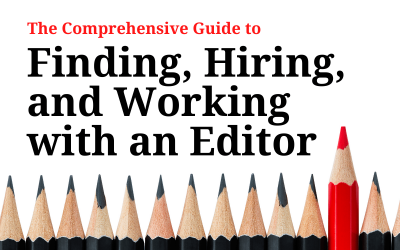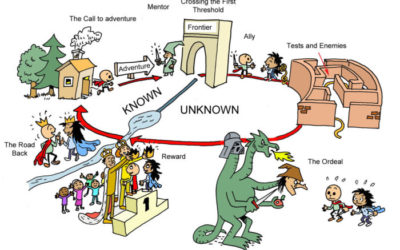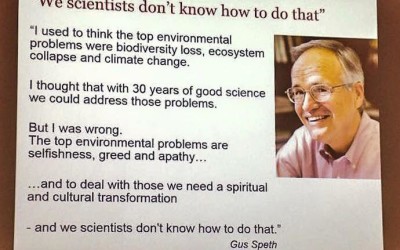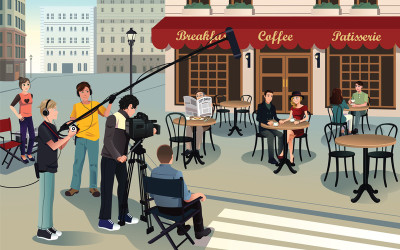Blog
Where I write about writing.
Except that my full posts are now on Substack.
The Best Resources to Help You Write a Nonfiction Book Proposal
You’ve decided that this is your year to turn your expertise and lived experience into a nonfiction book. To land an agent and a publisher, you will need to write a book proposal (warning: this is often harder than writing the actual book). Here’s how to do it.
Five Reasons Your Writing Matters in Tumultuous Times
While many creatives feel paralyzed right now, as the world we know collapses, we need art—especially memoir and nonfiction writing— now more than ever. Here are five reasons why it’s so important to keep creating.
The Single Most Important Tip for Querying Literary Agents
The one thing every nonfiction author and memoir writer *must* do when querying literary agents.
Subscribe to Resonant Storytelling on Substack
Sarah’s blog for nonfiction writers is now on Substack! Come on over, subscribe and receive updates on how to write more in less time, how to increase your creative flow, writing insights and news from the publishing world.
Three Ways to Improve Your Nonfiction and Memoir Scenes Right Now
Characterization, action and dialogue are three building blocks that can help you create engaging nonfiction scenes that come alive in your reader’s mind. Scenes help you to move the story along with less exposition—more showing, less telling.
Read This Before You Hire a Nonfiction or Memoir Editor (Including Me)
Editing is far more complex than most nonfiction writers, academics, subject matter experts or memoirists understand. Learn about the four levels of editing, how much you can expect to pay, and the questions to ask potential editors.
Show Don’t Tell for Nonfiction and Memoir: Bringing the Reader into Your Moment
When it comes to nonfiction and memoir, ‘storytelling’ is a bit of a misnomer. It’s not about recounting events, as you might at a dinner party, but bringing the reader into your body, so they feel what you felt, see what you saw, hear what you heard, etc.
Developing Your Nonfiction Voice: Write Like You Speak
“Write like you speak” is one of the most foundational component of engaging writing. For many nonfiction and memoir writers, though, it can be easier said than done. Here’s how to find your nonfiction or memoir voice.
Why Authority isn’t the Same as Credibility
Narrative writers often believe they have to be an authority on their subject. That’s helpful, but it’s not enough to connect deeply with your readers. Here’s what your readers really want: vulnerability and lived experience.
Characterization: Bringing Real People to Life on the Page
In nonfiction and memoir, characterization is the most powerful way to convey a real person’s ‘energy’ and way of being in the world. Description gives readers a sketch; characterization immerses the reader in in virtual reality. Here’s what you need to know.
How to Bring Nonfiction Readers into an Experience
The core of resonating with nonfiction eaders is writing in a way that evokes a response, either sensory or emotional. This kind of writing triggers readers’ mirror neurons—and mirror neurons are part of what neuropsychologists call the “resonance circuit.”
Learn How to Observe Your Thoughts
The first step to unshakable inner peace (and true creativity) is learning how to observe your thoughts. Here are the fundamentals. Course coming soon!
Using the Hero’s Journey to Create Resonant Nonfiction
The Hero’s Journey isn’t what you think. As Joseph Campbell wrote, it’s the universal human journey everyone undertakes–at least, those of us who venture beyond the status quo. Learn how you can use this timeless structure to create resonant nonfiction and memoir structure.
Cutting Through the Woo
Writers of spiritual nonfiction and spiritual memoirs may be called “woo-woo,” but that’s not inevitable. “Woo” comes from a desire to paint the vision of the world as entirely peace, love and unicorns, with nary a dark thought or fart in sight. But that’s not the world we live in, and—more importantly—that’s not the world your readers live in.
How Resonant Storytelling Weaves Magic and Logic
By weaving together magic and logic, nonfiction authors and subject-matter experts can engage readers’ hearts as well as their minds—not just one or the other. If you do it well, you can engage their minds in service to their hearts.
The Paradox of Language
Human communication involves a series of symbols and sophisticated grunts. As a nonfiction or memoir writer, it’s important to understand the limitations of language, as well as its power.
The Role of Conflict in Nonfiction and Memoir
Every young writer is taught that the essence of story is conflict. But “conflict” is a loaded word. Most people see it as negative, confrontational and even violent. But it isn’t, inherently. Even if you’re writing about a world that’s all unicorns and rainbows, with nary a resistant thought in the mind, conflict is still an essential part of your story. Here’s why.
The Difference Between Writing and Storytelling
Writing isn’t the same as storytelling. Writing communicates an idea or facts; it speaks to the intellect. Storytelling evokes an experience in the reader. Here’s how to approach each if you’re writing nonfiction or memoir.
Mythology and Resonant Story Structure
The essence of story is transformation. The events of your memoir or nonfiction story are the scaffolding, but the actual story is your inner journey. Learn more here.
Why Transformation Matters
If we want to change the world with our nonfiction or memoir writing, we can’t just remain at a surface level. What’s needed now is deep spiritual transformation. Learn more here.
Storytelling and Transformation
Transformative storytelling is as much about the syntax, the language, the word choice, structure and energy underneath the words as it is about the subject. It also has to do with the state in which writing happens. In transformative writing, all the elements work together to evoke an experience in the reader.
Creativity and Mindfulness
Novels, J.D. Salinger wrote, grow in the dark. By that, he meant that true creativity comes from the subconscious mind, from allowing ideas time to percolate below our conscious awareness. It’s not just novels, though, that spring forth from the subconscious mind. So do
See the Human
One thing that being a writer teaches you: Everyone has a backstory. Everyone is on their own Hero’s Journey. You are the protagonist of your story, but you’re a supporting-to-background character in others’. Understand, as Buddhists say, that everyone you meet is struggling with something you’ll never know about, and everyone is doing the very best they can in a given moment.
The Law of Increasing Flow
Yes, there is something to the “butt in chair, hands on keyboard” approach to writing. Inspiration often flows after half an hour of clunking around. But knowing when to put your butt in the chair, getting centered before you sit down, significantly increases your chances of using your writing time effectively.
Cinematic Writing for Memoir and Nonfiction
Make your memoir or nonfiction writing more engaging (and more appealing to streaming executives) by thinking like a movie camera. Here are some techniques.

























